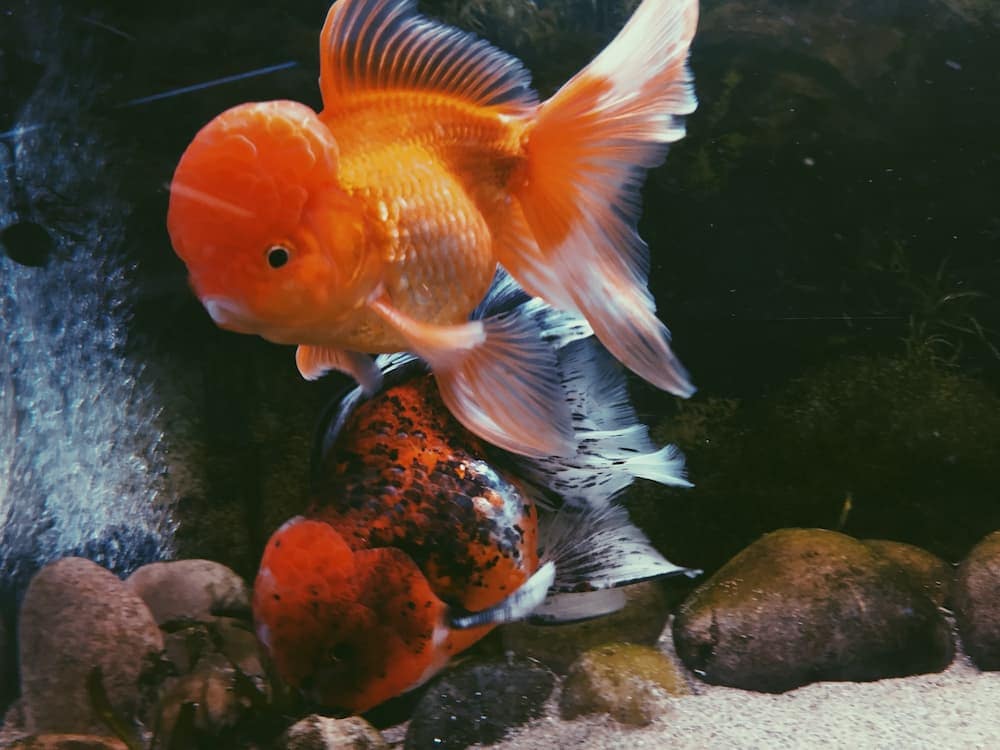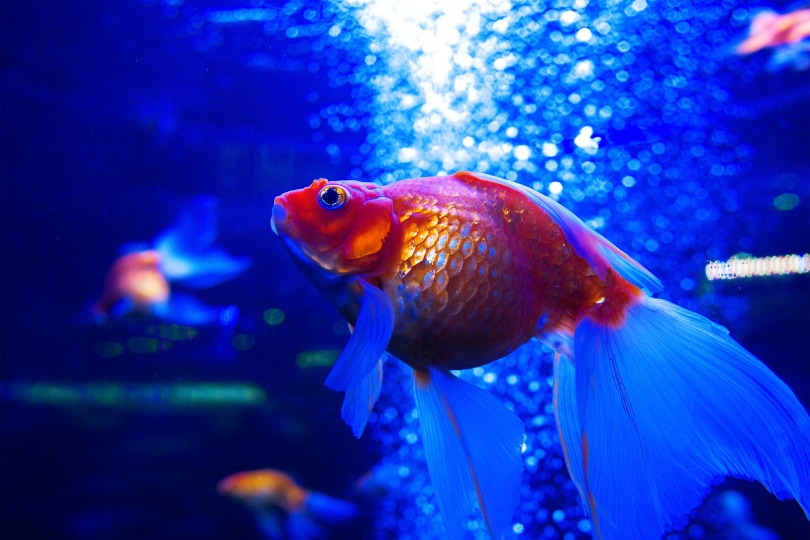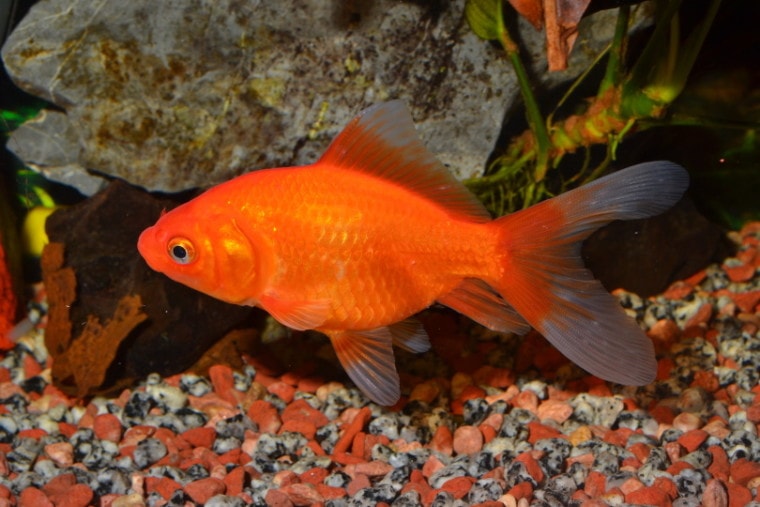
Anyone who’s ever walked through the fish section of a pet store has seen the big tanks filled to the brim with feeder goldfish. These goldfish are bred and sold with the intention of them becoming a meal for larger predatory fish and reptiles, but you’ve likely spotted some very cute goldfish within these tanks. You may have even picked some cute goldfish out and taken them home.
It’s also possible you’ve spotted some sickly-looking fish that you thought you could save. And it’s also possible that you took goldfish home from the feeder tank with the intention of giving them an excellent life, only for them to die within a day or two. If you’ve had your heart broken by feeder goldfish you hoped to save, keep reading for everything you need to know about keeping feeder goldfish.
Why Do People Buy Feeder Goldfish?
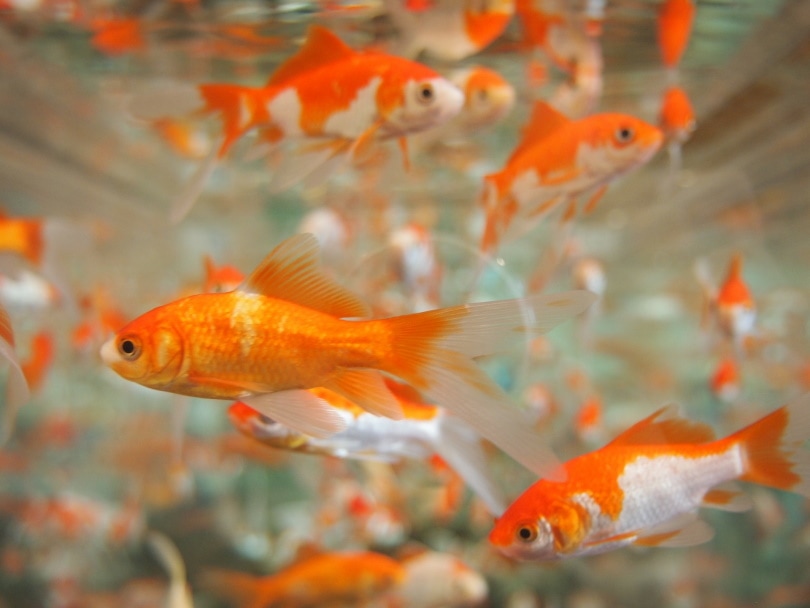
Some people who own predatory animals, like turtles, catfish, gar, and large cichlids, feel that feeding live prey has benefits. Some believe live prey is more nutritious than frozen or processed food options, while others believe the stimulation of hunting is beneficial to the health and wellbeing of their animals. Not everyone is in agreement within the aquatics community about the necessity and benefits of feeding live prey.
Since these fish are sold as food and not as pets, they’re often mass bred and kept in close quarters and poor water conditions. The close proximity and large numbers of fish living together means that diseases and parasites spread quickly. Feeder goldfish are, inherently, less healthy than goldfish that are bred to be pets due to these conditions. They are inexpensive, though, which makes them ideal for people who live feed.
Keeping Feeder Goldfish: What You Need to Know

Why Did My Feeder Goldfish Change Colors?
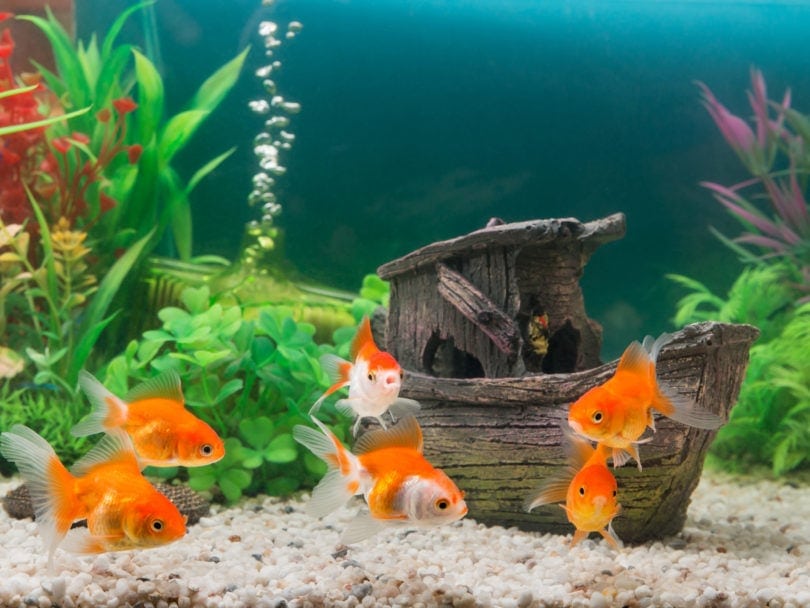
So, you picked out a cute little goldfish with black speckles all over it. Now that you’ve had it home for a few weeks, you notice that the black spots are fading or gone altogether. There are two potential reasons this can happen. The first is that as goldfish age, it’s not unusual for them to change color. Usually, this color change involves black or bronze colors fading to gold or white, although some white goldfish will turn gold with age as well. You may have just picked a goldfish that is genetically predisposed to change color and lose its black spots.
The other reason that you may notice black spots on your feeder goldfish going away is ammonia poisoning. When goldfish are kept in unhealthy environments with high ammonia levels, like in overstocked breeding tanks, they can develop ammonia poisoning, which can cause irritation and loss of slime coat on the skin. It can eventually lead to fin and tail rot and scale loss. Black spots develop as your goldfish is healing from ammonia poisoning, although their body may begin attempting to heal while still in a high ammonia environment.
Always monitor your water parameters routinely to ensure your tank is staying cycled and has no ammonia. If your black-spotted goldfish suddenly begins to lose its spots, sometimes as quickly as overnight, then they’re likely healing from ammonia poisoning. This often means that you’ve provided a high-quality environment that is allowing the body to heal from the stress of ammonia.
If you are looking for help to get the water quality just right for your goldfish family in their aquarium, or just want to learn more about goldfish water quality (and more!), we recommend you check out the best-selling book, The Truth About Goldfish, on Amazon today. It covers everything from water conditioners to tank maintenance, and it also gives you full, hard copy access to their essential fishkeeping medicine cabinet!
Final Thoughts
Bringing home feeder goldfish is an unpredictable thing, so the best you can do for your new goldfish is to be prepared. Make sure you have a fully cycled tank ready to go and a quarantine tank available if your fish will be going into a tank with any other animals. Feeder goldfish can be sickly and, in some cases, impossible to keep alive, no matter how hard you try. You can do everything right and still lose feeder goldfish, so don’t beat yourself up. It can happen to anyone! Some feeder goldfish will come home hardy and ready to take on the world. Since there’s no real way to predict what you’re bringing home, be prepared for all scenarios and be ready for a long-term commitment to your new goldfish.
Featured Image Credit: JuanCarlosPalauDiaz_Shutterstock



